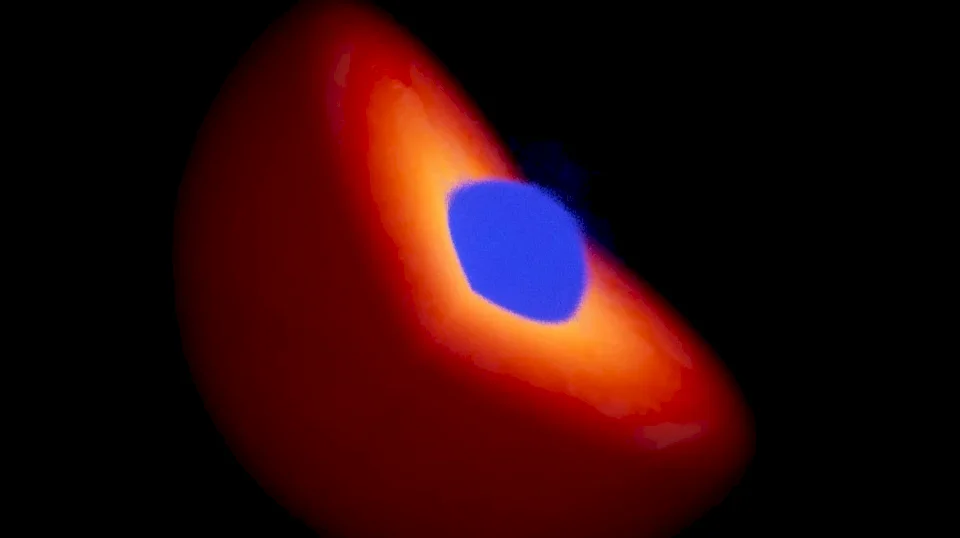
The Mystery of Jupiter's Core is Unveiled, Rewriting the History of the Solar System
SadaNews - An international study has revealed that the core of Jupiter may not have formed as a result of a massive collision with a young planet, as previously thought, but instead due to a gradual accumulation of heavy and light materials during the planet's growth and development.
Researchers from Durham University in the UK, in collaboration with scientists from NASA and the University of Oslo in Norway, explained that the origin of Jupiter's internal structure has remained a mystery for decades; the results were published on Thursday in the journal "Monthly Notices of the Royal Astronomical Society."
Data from NASA's "Juno" spacecraft has long puzzled scientists; it showed that Jupiter, the largest planet in the solar system, does not have a solid core with clear boundaries, but rather a "diluted" core that gradually mixes with its hydrogen-rich gas layers. This discovery raised questions about how this unique structure originated.
It was previously believed that Jupiter's core was formed as a result of a massive collision with another planet in the early solar system, leading to the mixing of rocky and icy materials of the core with surrounding layers, which explained some of the strange characteristics of Jupiter's structure observed by the Juno spacecraft.
However, the new study, which employed advanced computational mechanisms to simulate planetary collisions with Jupiter, demonstrated that large impacts do not create a stable diluted core as expected; instead, the heavy materials of rocks and ice quickly return to settle at the planet's center, leaving clear boundaries with the surrounding gaseous layers, without creating a smooth transition as with the diluted core.
Researchers indicate that the diluted core is a structure that lacks sharp boundaries, gradually mixing with the surrounding hydrogen and helium layers, and this type of structure is actually present in Jupiter, with something similar discovered in Saturn; this indicates that these structures gradually form during the growth of planets, not as a result of rare and violent collisions.
According to the researchers, the results show that Jupiter's core formed due to the way the planet absorbed heavy and light materials during its growth, not due to a colossal impact. The study also aids in understanding the formation of other giant planets, like Saturn, as well as the large planets discovered around distant stars.
The team confirmed that while large collisions are part of planetary history, they are not the main cause of the internal structure, calling for a revision of current scientific models regarding planetary structures.
They noted that the results rewrite the early history of the solar system, as Jupiter's immense gravity played a crucial role in determining the paths of small planets, asteroids, and comets. The study also reveals the nature of the primordial materials that formed the core, including rocks, ice, and gases, which helps in understanding the distribution of materials among the inner planets, like Earth and Mars, and the giant gas planets.

"X" Unifies Messaging System and Merges Direct Messages with "XChat" into One Tab

Innovative and Promising Treatment for Restoring Visual Field in Stroke Survivors

How does "Microsoft Copilot" transition from a work tool to a daily companion for users?

For Better Sleep... 9 Fruits Rich in Melatonin

What Happens to Your Blood Sugar Levels When You Fast?

What Happens to Your Body When You Follow a Low-Carbohydrate Diet?

3 Practices to Reduce the Risk of Cancer

